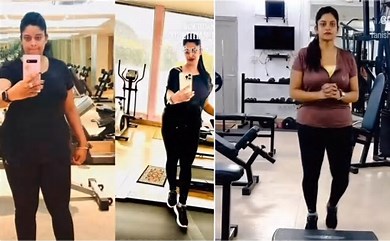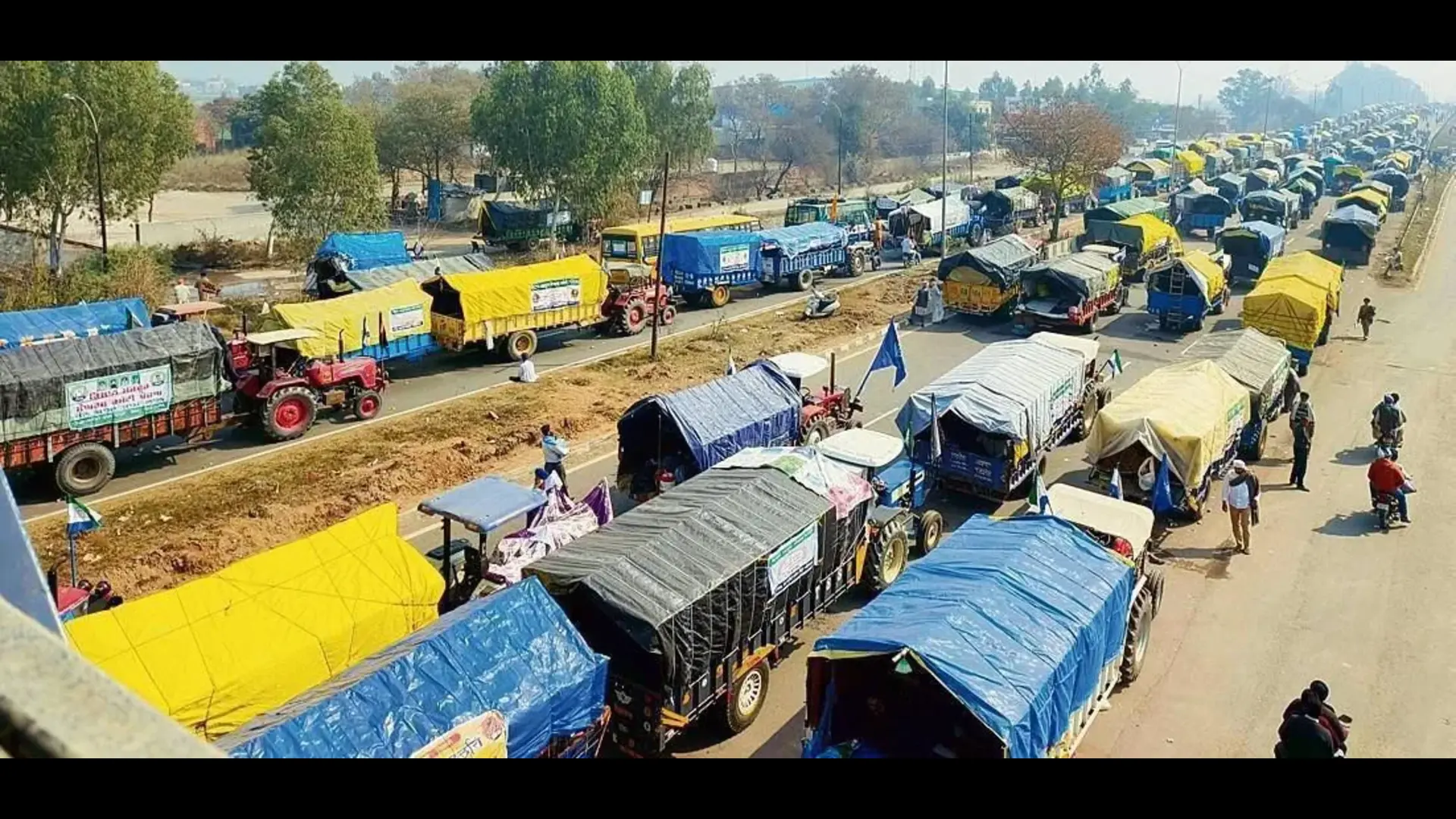Millions of people in both developed and developing countries are affected by the substance abuse (drugs and alcohol) epidemic. The harm is to the most vulnerable and marginalised members of society. A significant portion of this vulnerable group affected by substance abuse is Women. The scourge of substance abuse, once a male-only problem, has now spread to Indian women.
Sucheta (name changed), a 34-year-old former administrative assistant from rural Haryana, started drinking alcohol after giving in to pressure from her husband, who insisted that he would finally stop drinking if she shared drinks with him. Sucheta suffered from acute depression and emotional abuse over time. She then suffered from anxiety and a severe alcohol addiction.
The only time her family decided it was time to send her to rehab was after her addiction had reached its height. Sucheta was once a high-ranking employee at an MNC, a mother of a four-year-old, and today she is just another addict on edge. Sucheta paints a drastic picture of women who must wait until despair and emotional abuse take control before finding a way to deal with addiction. Cases like these also paint a grim picture of the epidemic of substance use among women in India, which continues to grow.
Aruna (name changed), a 25-year-old resident of Mumbai, depended on sleeping pills since she worked as a hospital receptionist and had easy access to them. These pills served as a mode of escape for Aruna from her anxieties and mental issues. Regular criticism from family, future worries, and despair flared up for Aruna.
These harmless gestures can damage the mental health of a person. In India, stories like these of several women with addictions that go unreported in official records are prevalent. Substance abuse was formerly assumed to affect men only, but lately, the harmful impacts of female substance use on women’s health are in the open. According to India’s Ministry of Social Justice and Empowerment, the National Survey on the Extent and Pattern of Substance Use in India, conducted between 2017 and 2018, cannabis was the most commonly abused drug among women aged 10 to 75, followed by opioids, sedatives, and inhalants.
The Ministry of Justice and Empowerment, Government of India, published a research in 2019 that stated that 0.28 percent of Indian women suffer from substance abuse issues. Yet, it is significant to note that this number may not accurately depict the scope of the problem because substance abuse is frequently unreported, especially among women, because of social shame and cultural influences. Men and Women have distinct reactions to issues related to substance abuse issues, so the approach and treatment are different too. For an addict, male or female, the de-addiction process is equally challenging.
But what chance do women have in light of social expectations? Socially men are undoubtedly at an advantage. In India, there are more centers for male addiction recovery than for females. Unfortunately, our country has just four government-led drug de-addiction facilities for women, two in Manipur and the others in Mizoram and Karnataka, supported by the Department of Social Justice and Empowerment. We’ve all heard it before: “Once he marries and has kids, he will quit drinking,” but the Indian family’s attitude about women is, “Who would marry my drug addict daughter?” Shame occurs far more frequently for women in Indian households than for men. Will the family disclose a woman’s addiction? Not! No family would do that. So, asking for assistance is tough for women. Either it happens quietly behind closed doors, or it doesn’t. Usage of substance abuse and going through the de-addiction process are both carried out behind the veil.
Dr. Patricia Dsouza Lobo is the author of ‘When Roses are Crushed’. She is Executive Director of Kripa Foundation.







